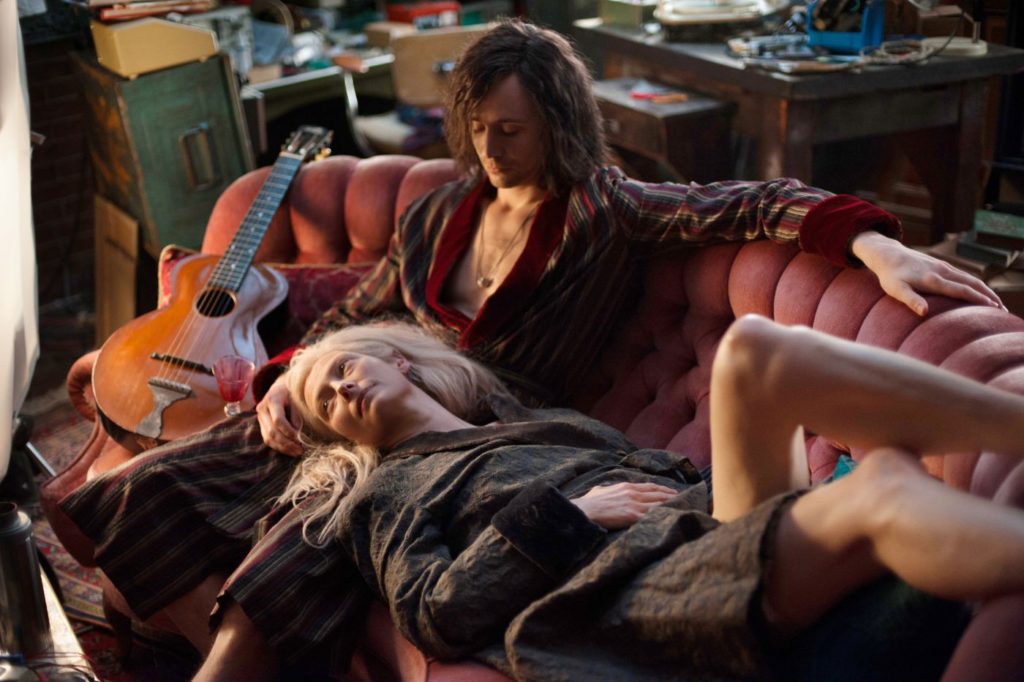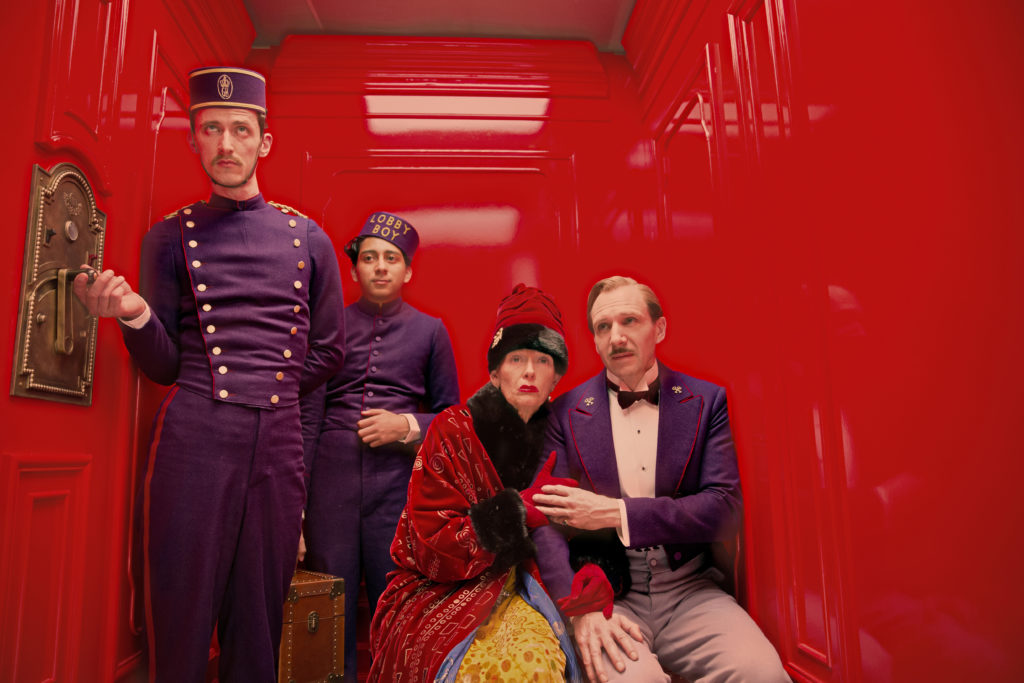Interior. Leather Bar. is not a documentary (Spoiler!)
I kept wondering if James Franco and Travis Mathews’s odd faux documentary Interior. Leather Bar. would ever make it to San Diego, and that’s moot since it’s now available on demand at Vimeo.com. The idea for the film is brilliantly titillating. Rumor has it that 40 minutes of graphic sex in a gay leather bar were shot and cut for the infamous 1980 Al Pacino thriller Cruising, and Franco and Mathews (the writer and director of art-porn sensation I Want Your Love) have decided to recreate those scenes and make a documentary about that re-creation.
We watch as they discuss the idea with Val Lauren, who they cast as the Al Pacino role, and we watch as the extras are given motivation and direction. We watch Lauren, who is almost aggressively heterosexual, fret about what this film will do for his fledgling career, and we watch as everyone says over and over again that they’re only on set because of how much they love and respect Franco. And then we watch as they all watch the extras have sex – very graphic sex – for scenes that would be totally strange non sequiturs in Williams Friedkin’s gritty, somewhat unnerving original film.
When I saw the movie a few months ago in Los Angeles, I was delighted by it because it was, in the end, a cruel bait-and-switch. I laughed at the irritation of the audience because they were expecting something else. They were expecting what the film purports to be, a documentary about the making of something fascinating and lost to the homophobia of the late 1970s. (Spoiler alert!)
And, honestly, I wish they had made that movie, because it would have been fascinating and much more entertaining. And they would have at least made an attempt to ask Friedkin, who is still alive and making movies, and what actually is true about the rumors. But Franco and Mathews instead made a fictional, narrative film about making such a documentary. Everything was scripted (or at least ad-libbed with fictional goals in mind) and, eventually, it rings rather false.
For some reason, the audience is meant to sympathize with Lauren and his plight, to feel for his clear discomfort with gay sex and to learn, along with him, about where that discomfort comes from and how it hurts gay men. I felt as if Franco and Mathews had a conversation about queer theory and film psychology while very high and came up with this weird experiment in audience expectations. The problem with that is I cannot imagine that any more than a tiny fraction of the audience for Interior. Leather Bar. will be straight men, who are the only people I can imagine who could identify with Lauren’s portrayal of a more homophobic version of himself.
Interior. Leather Bar.
Directed by James Franco and Travis Mathews
Written by Travis Mathews
Starring Val Lauren, Christian Patrick, and James Franco
On demand at Vimeo.com



